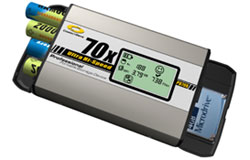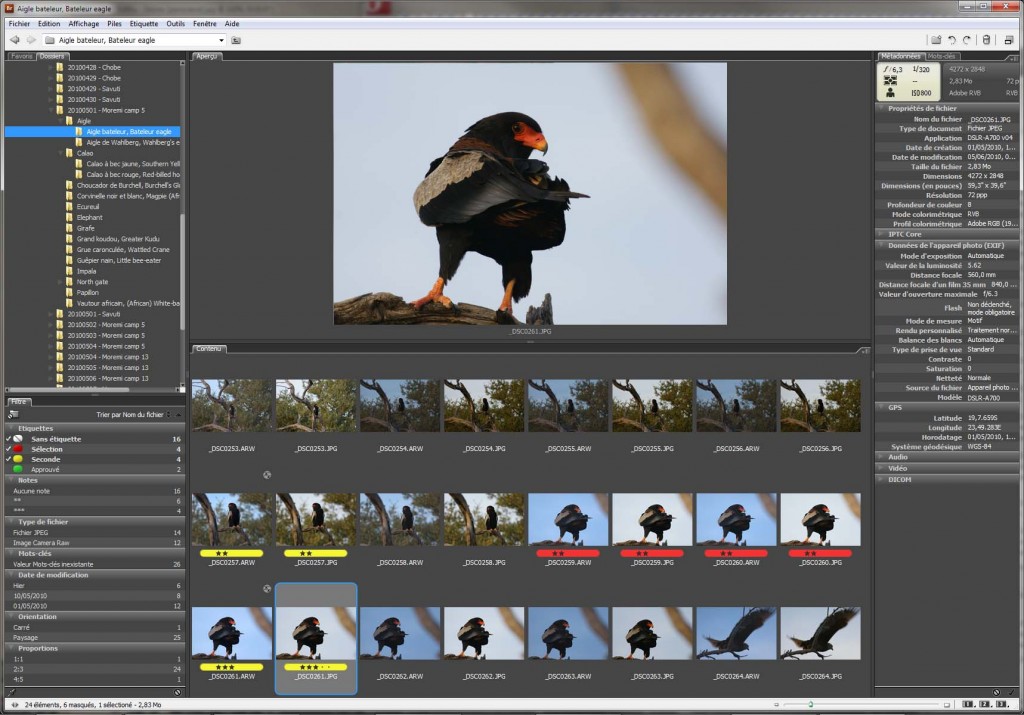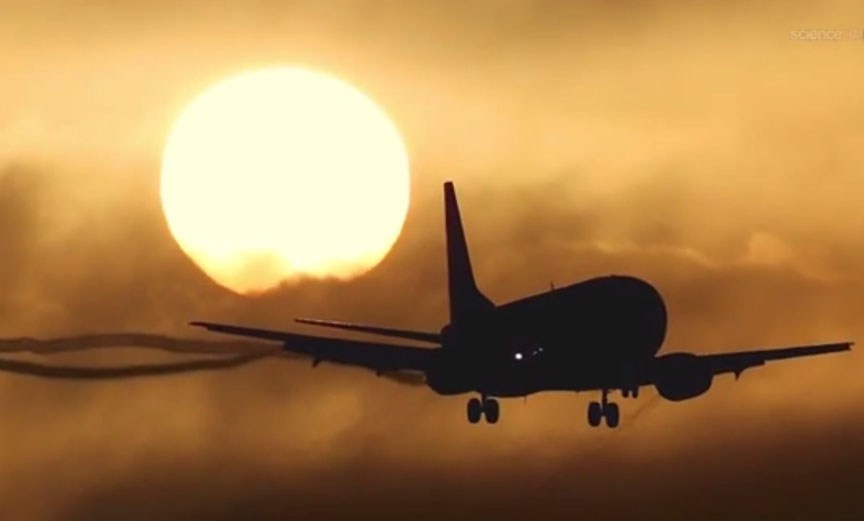Travelling for photography is an activity loaded with stresses and constraints of all kinds. Much more so than if you merely go and shoot street photography downtown. All the more if this includes at least one flight to destination. Pros and those who did suffer a lot from these situations collected enough experience to build some interesting tips. I propose to share some of mine here.
Travel bags content
Yes! I wrote bags because I strongly recommend having separate bags to split your gear in two categories:
- Items you need upon arrival; For example, the main DSLR camera body, one or two critical lenses, the battery charger.
- Items that could be replaced or that would void the trip if missing; For example the monopod, the tripod, replacement cables, the second backup hard drive, some gear bag, etc.
Sorting into these two categories must be less than subtle. It must be draconian and ruthless. Only needed items will go into the first category (the first bag). When arriving at destination, it will be easy to re-organize yourself and spread equipment differently in various bags. Your aim is to reduce drastically the weight of your cabin luggage -it will certainly go other the prescribed limit of the air line. So, before negotiating with the company, you must be able to show that you did your job. And it’s better to sort it out with a cool mind rather than in front of the check-in counter.
For your information, here is my own split (when I go and prepare a photo trip/safari):
- Essentials:
- Main DSLR body
- Long tele-lenses, lenses
- Battery charger
- All empty memory cards (they weight nothing!) in a clearly labelled bag
 Portable hard drive (Hyperspace Colorspace UDMA or similar), a first backup disk and attached connection cables
Portable hard drive (Hyperspace Colorspace UDMA or similar), a first backup disk and attached connection cables- Laptop and charger
- Invoices of all the gear (You never know when Customs will want added scrutiny)
- Medical drugs (With prescription, possibly in several languages)
- Replaceables:
- My GoPro camera (I mainly shoot pictures; Video is an additional fun, not a priority)
- Lens bag (like the LowePro Lens Trekker 600AW : The tele-lens will return to its own bag only upon arrival)
- Extension tubes, optical additions
- A monopod and/or a tripod (you may want to keep a microscopic Gorilla-Pod in cabin luggage)
- All replacement batteries
- The second backup drive (Never keep all your backups in the same bag)
- The laptop bag
- Replacement cables
- Replacement battery chargers and corresponding cables like the 12V car plug connection
- Sensor cleaning kit, gear cleaning kit(s)
- A repair kit (neoprene glue, cyanoacrylate glue, knife,scissors, mini-screwdriver)
- All replacement USB cables (I always have a full set of cables to be able to connect to nearly anything I can find)
- Most of your clothes
- Possibly, user manuals (but I prefer the electronic version right on the laptop drive)
- Headlight and flashlight
- Gaffer tape
- Those I can’t decide:
- Second DSLR camera body
- Lens filters
Trip Preparation
Some issues are better handled a few days (weeks) ahead. Some are obvious, some may come as a surprise to you.
- If you have a press card from a known newspaper or agency, you may want to contact directly the air company before flying. Some have specific policies (and assistance) to press members, including options to transport expensive gear in cabin (a pro video camera is the first example I would give). But if you only are a well-equipped enthusiast, don’t even try asking…
- Think about country visas for countries you will enter. Two common traps:
- If your have a connecting flight, you may have to checkout in a country with different immigration rules than on your destination (even if you stop for only an hour). Check with the airline company beforehand.
- Regulations may have changed between reservation and your flight. You’d better check on the Internet ahead of time.
- Some countries accept to establish a visa upon arrival at the airport, but they usually require an immediate payment. Do you have enough cash (in the right currency) ? Is it in your cabin luggage?
- Are your immunization shots perfectly aligned with local regulations? Forget your opinion about the innocuity (or not), local officers will not engage in scientific controversies.
- Some dollars and local cash (spit between different pockets)
- Sun tan
- Non-critical drugs (including drug purse with blisters dressing, burns soothing cream, insect repellent)
- Prepare some reading and entertainment (movies, video games, etc.) pre-loaded on your laptop or iPhone (with headphones to avoid annoying your neighbors and to isolate yourself from the background noise in the plane or the bus).
Finally, it becomes more and more important to ensure that your computer gear and software will work even far from home and without an Internet connection. For example, if you have 2-step validation on your email, be sure to also have replacement safety codes from your service provider (if you are not recognized when far from home or on a different network).

Test your software package without an Internet connection, too. Would your photo software still work when 5000 miles from home? Nothing funny or silly! It happened to me once and this is a real pain in the neck…
Last-minute check
But there are also some last-minute reminders to avoid being caught by surprise. Some items to collect when closing the home door. Check that you have…
- Your passport number (if you lose it, it will be easier to communicate with your consulate); Better, send a scanned copy to yourself or on your smartphone.
- Address and telephone number of your contact upon arrival (not the travel agent at home).
- Address and telephone number of your hotel or lodge.
- Address and telephone number of your rental car company, and the contract number.
- Copies/scans of the tickets and check-in boarding passes on your smartphone.
- Airport parking access code (if you reserved/booked a parking for your car).
- One or more Frequent Flyer program cards (FlyingBlue at Air France, Mileage Plus, or any other similar card program).
- Credit cards (you’d better have more than one in case the main one fails to work, for any reason – It happened twice to me and the failure correction is always waiting for you… at home)
Finally, I recommend to spread dozens of business cards in each and every bag you own and bring with you. If lost, the airport or the company will have no difficulty finding you again, even if the external labels, stickers and attachments are all lost.
Bonus: A free bean bag
Sometime, the airline will distribute a small bag with amenities to assist you during the flight (toothpaste, face mask, ear plugs, etc.) Grab the socks. They are one of the best possible small bean bag, when you fill them with rice or wheat bought on a local market.
Have a nice photo trip!
